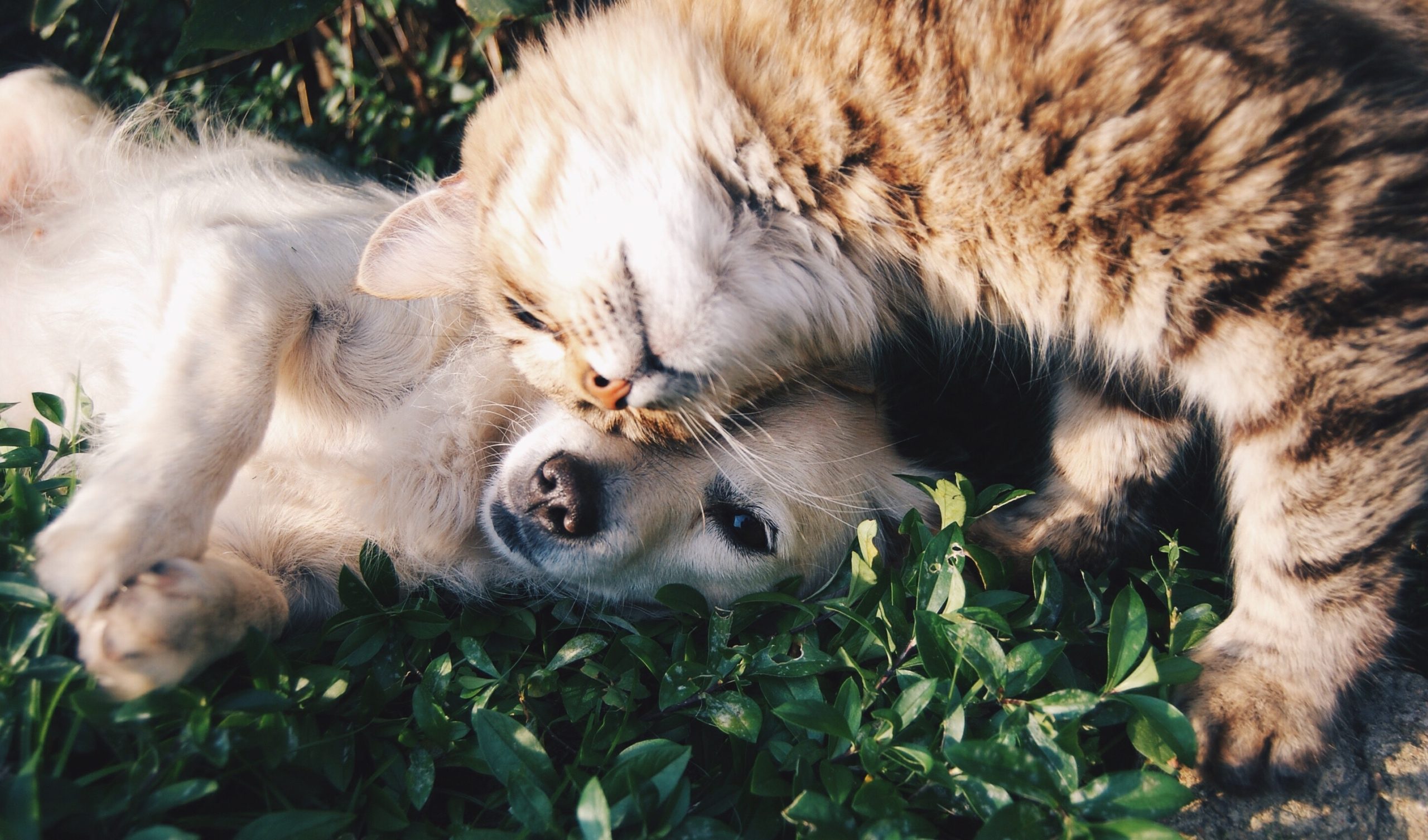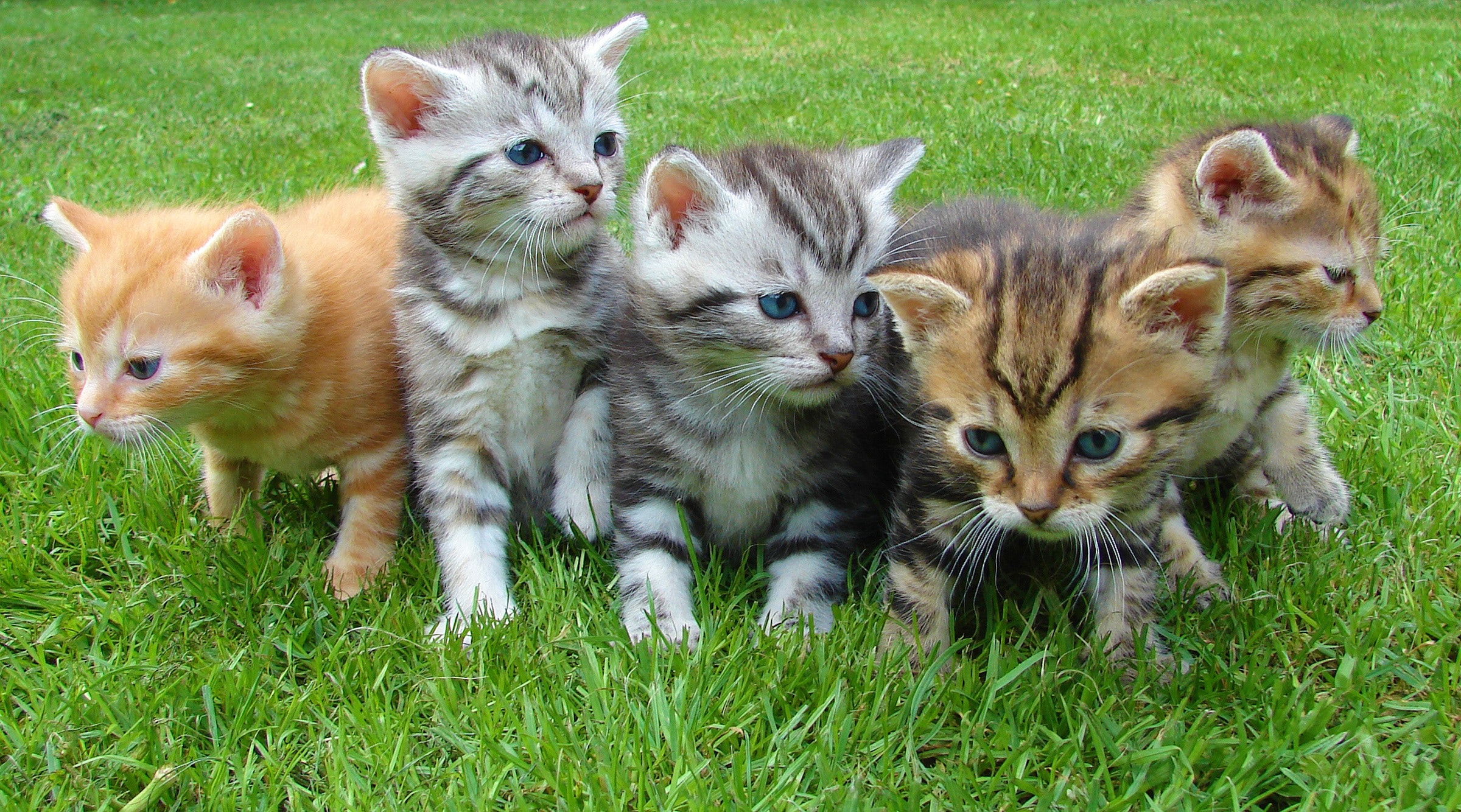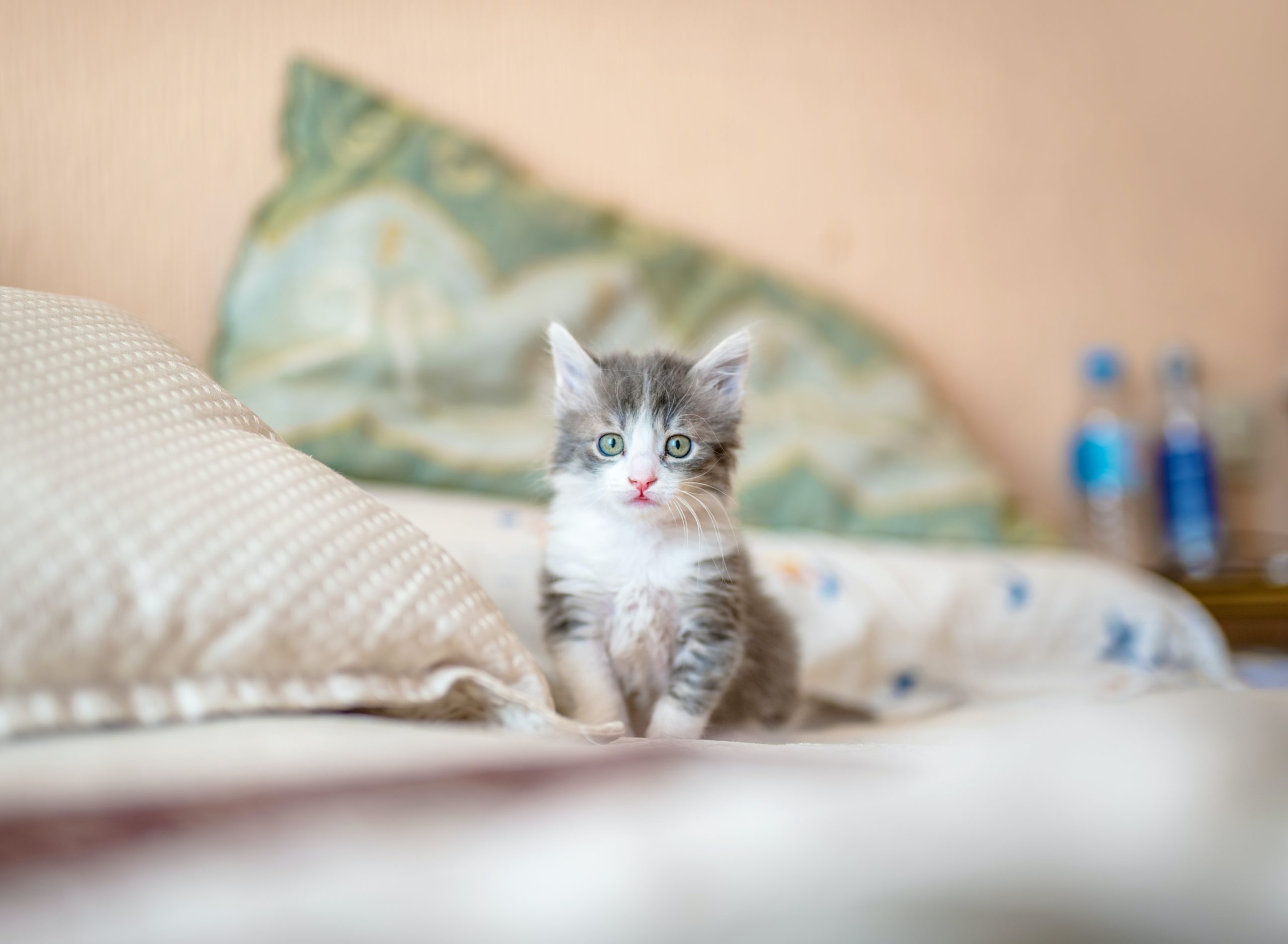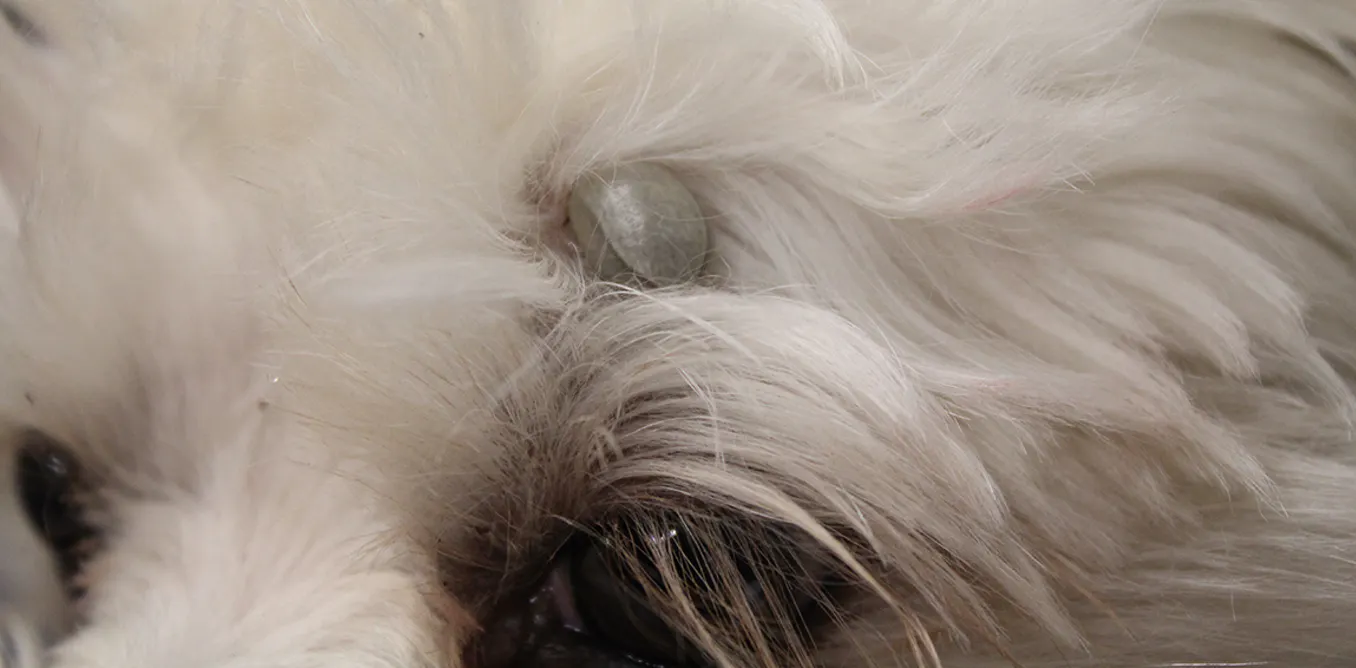Even though cats spend a lot of time licking and cleaning themselves, they still need regular brushing and combing to remove loose hair, prevent matting and keep the skin free of diseases and parasites, such as fleas.
Regular grooming
Establish a regular grooming program. Once a week is usually sufficient, though long-haired cats will need several sessions a week, even daily, to prevent matting. Regular grooming is an ideal way to spend special time bonding with your cat and is also a good opportunity to check on your cat’s health. Look carefully for signs of fleas, ticks, skin irritations, lumps or sore spots.
Get your kitten accustomed to grooming and being handled early in life. Place the kitten on a table and start with short sessions, reassuring your kitten constantly in gentle tones and distract her with tasty treats as you go. Learn how your kitten likes to be combed and brushed, and where she is sensitive – be careful of her delicate ears and the stomach area. Grooming will soon become a special treat!
Combing
Regular combing will remove any loose or matted hair, helping to keep your house clean and to prevent hairballs. Hairballs are formed in the cat’s stomach from swallowing too much hair during grooming and can cause obstruction.
Comb gently in the direction of hair growth to remove any tangles or knots. Some knots may need to be pulled apart gently with your fingers or carefully trimmed with scissors. Wide-toothed combs are good for long-haired cats, and fine-toothed combs for shorter coats. Flea combs are very fine to pick up fleas and flea dirt from the coat.
Brushing
Brushing also removes dead and matted hair and helps prevent tangles. Regular brushing and combing stimulates the skin, and natural oils will be more evenly distributed to give your cat a healthy, shiny coat. Brush gently in the direction of hair growth with a wire slicker brush (for thicker coats) or a soft bristle brush. Rubber grooming devices are also good for massaging the skin.
Nail trimming
You can trim the sharp point of your cat’s claws using special cat nail scissors or trimmers. Squeeze the paw gently to protrude the nail and cut the tip with a quick action, being careful to stop short of the quick where the blood vessels are. If you are unsure about the procedure, you can ask your vet to show you or do it for you!
Eye Care
Cats (and dogs) accumulate small amounts of secretions and debris at the inside corners of their eyes, just like ‘sleep’ in humans. These can be wiped away gently with a damp cotton ball, being careful not to touch or rub the eyeball. Some flat-faced breeds, such as Persians, tend to have more discharges and staining of the hair at the eyelid corners. Products are available to help reduce this discolouration, especially in light-coloured cats, and any long facial hair can be carefully trimmed to prevent irritation of the eyes.
If the eyes appear red, painful, or are weeping excessively you should contact your vet – this could be due to conjunctivitis, a serious ulcer, or abnormalities of the tear duct. If a foreign body such as a grass seed is present your cat may blink excessively and the lids will swell. Symptoms like these or any inflamed eye should be treated as an emergency to avoid serious complications and, at worst, loss of the eye.
Ear Care
Regular ear care at home will help reduce the likelihood of ear infections and excess waxy build up. To clean normal ears, use an ear cleaning solution provided by your vet. Ear cleaners remove excess moisture, wax and debris from the outer ear canal. Only use products specifically for cats (avoiding medicated products unless advised by your vet) and follow these simple steps for effective ear cleaning:
- Squeeze the bottle and dribble a few drops of ear cleaner into the ear canal
- Massage gently at the base of the ear (you will hear a squelching sound as you do so) to work in the solution. Stop if this appears to be painful to your pet and consult your vet. Repeat with the other ear and allow your cat to shake its head and help loosen any wax
- Use cotton wool to wipe away any excess solution, and to clean out any wax or debris. Use your forefinger only and gently clean as far as it will naturally reach to avoid hurting the eardrum
Never use cotton buds or poke anything into the ear as you can damage the sensitive lining of the ear canal or, worse, perforate the eardrum.
If you notice any discharge from the ears, unpleasant smell, redness, swelling, lumps or your cat is pawing at its ears or shaking its head, then it is time to visit your veterinarian. Foreign objects in the ear, allergies, ear mites, certain skin conditions and infections with bacteria, fungi and yeasts can all cause ear disease.
Bathing
Some cats may actually like to be bathed, though not very often! Bathing may assist in controlling matting and tangling in long-haired cats, and washing with medicated shampoos may be required to treat some skin conditions. Several shampoos are available specifically for cats.
Use a large bucket or a small tub so your cat is quite confined with a non-slip mat on the bottom.
- Tire him or her out first with some chasing games and clip the nails for safety (preferably the day before) as well as brush the coat to remove any knots. Half fill the tub with lukewarm water beforehand and have your shampoo, towels and treats ready
- Hold her firmly against you for support as you lower her back feet gently into the water – you may need to have one hand gently scruff her if she is struggling or even have her wrapped in a towel with the back legs out initially. Some cats might like to rest the front feet on the side of the tub as you wet the back
- Talk gently to her and offer some extra tasty treats like barbecued chicken to distract her. It is useful to have someone else help you do this while you gently massage the shampoo in and rinse it off. Use a facecloth to wash her face
- Wrap your cat in a towel after rinsing and gently massage dry. Keep offering treats as you go
Of course, if it’s a struggle then it is not worth distressing your cat. There are dry shampoos or pet wipes available from your vet, or if the coat is seriously matted a groomer can remove these while your cat is sedated.




